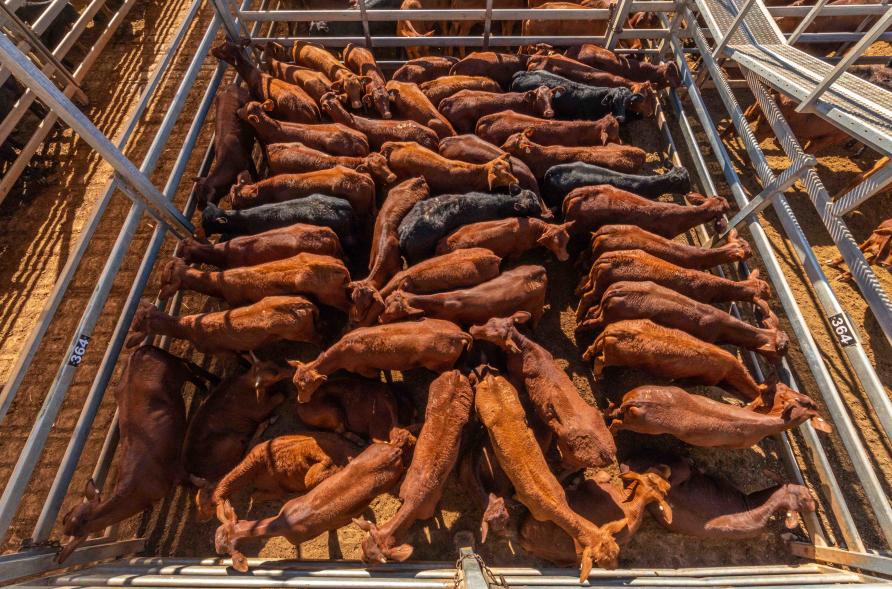Reconciling urbanisation and global food security
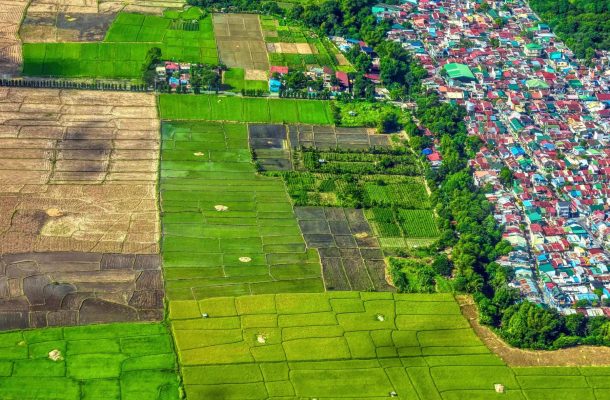
The goal of feeding an extra 2.5 billion people by 2050 is often pitched as one of land use, where crops and cities battle it out for every hectare of available space.
It’s easy to see why – as our projected population grows to 9.8 billion by 2050 the planet will lose around 2 per cent more of its best croplands, mainly in Asia and Africa where cities are growing fastest.
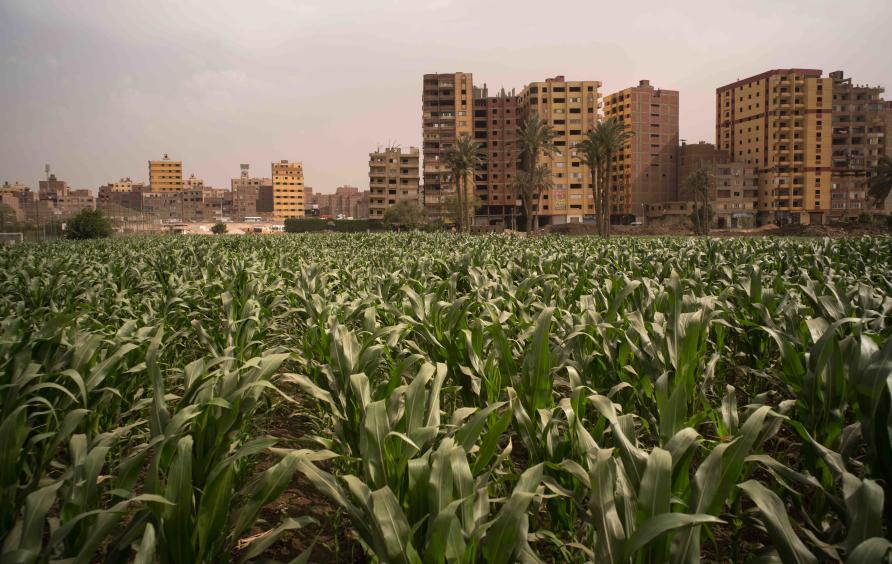
But this competition between agricultural land and urban land use is already seen in many urbanised countries, like Australia.
The size of the Chinese city of Zhengzhou, which sits in the fertile Henan province known as the ‘breadbasket of China’, has more than quadrupled from 112 to 501 square kilometres since 1990. And this has come mainly at the expense of surrounding croplands.
The same process in happening in India – Delhi’s cropland has reduced by more than 34 per cent between 2000 to 2018.
To counter this, governments around the world are trying to protect farmland and limit urban sprawl, but this only addresses the ‘food supply’ half of the problem, says Dr Baojing Gu and his colleagues in a recently published study in Nature.
“A bigger problem is the rising demand for food, particularly for animal products,” says Dr Gu, who is based at both at Zhejiang University in Hangzhou, China and at the Faculty of Veterinary and Agricultural Sciences at the University of Melbourne.
“While landscape urbanisation is a very visible issue, managing food consumption and limiting waste is a more powerful tool for food security than only protecting land.”
Understanding nutrients
With our increased consumption of animal products, more crops are needed to deliver the same quantities of energy and protein we need, compared with a vegetable-based diet. Four times more plant-based food can be produced on land that is currently used for animals.
To understand the significance of this, we need to first understand the concept of ‘nutrient use efficiency’ or NUE. NUE is the nutrient embodied in animal products divided by total nutrient supplied in feed. In practice, this is the amount of energy we get from eating animal products, like milk or meat, divided by the amount of food the animal consumed in its lifetime.
Currently, the total NUE from feed to animal products is less than 20 per cent globally.
“This means that only 20 per cent of the food and nutrients we put into animals, reaches humans as food,” explains Dr Gu.
And the study’s co-author Professor Deli Chen notes the global per capita consumption of animal products has increased dramatically in recent decades.
“In the EU and the USA, animal protein accounts for 60 to 80 per cent of total protein consumption. Currently China consumes half that amount of total protein, but diets are becoming more like those of Western nations,” says Professor Chen from the Faculty of Veterinary and Agricultural Sciences at the University of Melbourne.
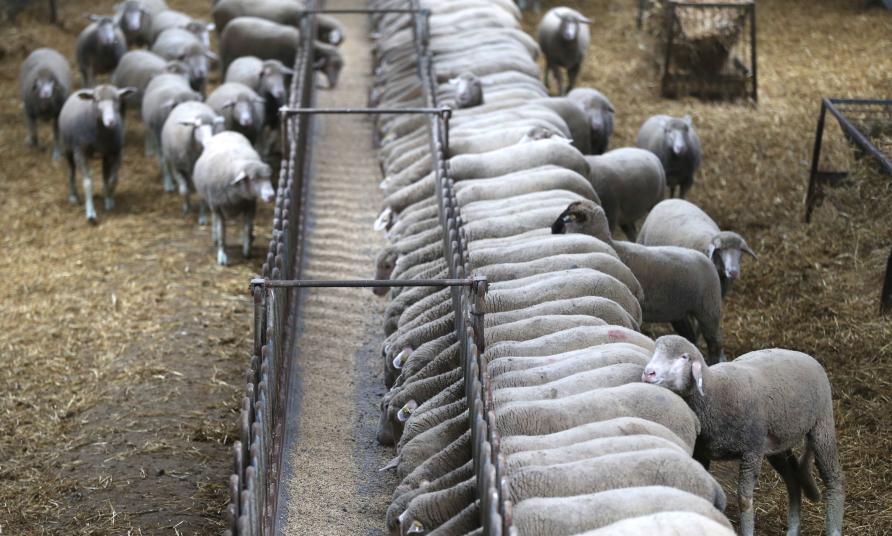
Many people want to continue to eat meat, so the researchers recommend that we voluntarily cap our animal-based nutrients to 40 per cent of our total diet, in order to help maximise food security.
“This would have added health benefits, as overconsumption of animal products can reduce a healthy lifespan by increasing the incidence of obesity, type II diabetes, coronary heart disease and other diseases,” Professor Chen says.
Taking into account both the demand and supply sides of the food security challenge, Dr Gu and Professor Chen and colleagues from the City University of Hong Kong, the Australian National University and the Chinese Academy of Sciences, have come up with four strategies that can help reduce the negative impacts of urbanisation on our food security.
Consolidating agricultural land
“Firstly, rather than purely saving land, governments should focus more on rural land consolidation and building more functional cities to settle more rural migrants,” says co-author Professor Fu, from Chinese Academy of Sciences.
Singapore, for example, builds high-density, multi-storey housing for new migrants through a program of ‘verticalisation’ funded by government. Rural populations could move into these compact cities, so that the relatively larger rural built-up area left behind can be reclaimed for large-scale farming.
The continued growth of farm size in the European Union and United States with urbanisation has provided a successful example of maintaining food supply through rural land consolidation.
“But these changes need to work alongside policies to ensure the equal rights of rural migrant families to urban public welfare such as education, public health care, and employment,” says Dr Zhang, from City University of Hong Kong.
Improving farming practises
Secondly, the study says knowledge transfer and using improved agricultural practices are essential for closing yield gaps (this is the gap between actual and potential crop yield).
Professor Chen says scientists and farmers need to work together, sharing knowledge, in order to expand the scale of farming and close these yield gaps.
“Poor agricultural facilities, like irrigation, roads, machinery and lack of adequate training have limited the increase of crop yields in developing and urbanising countries,” says Professor Chen.
Currently, Professor Chen’s group is working on new chemical fertilisers and modified lignite (or brown coal) that enhances the efficiency of nutrient use for agriculture.
“These products could potentially increase both the yield and efficiency of fertiliser use, as well as reduce the environmental impact, contributing to the food security and agricultural sustainability,” says Professor Chen.
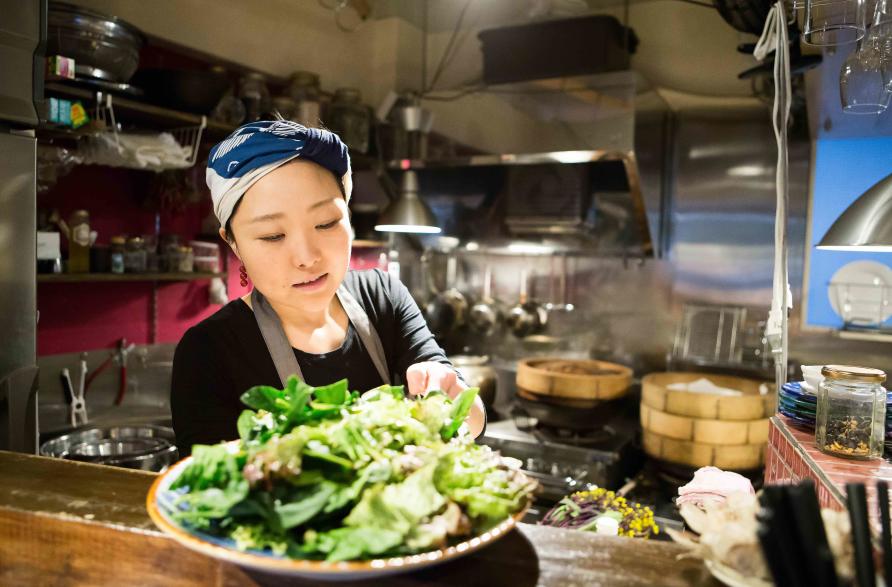
More livestock with less feed
The world’s livestock consumes over half the grain supplies and produces between 50 to 60 per cent of agricultural pollution globally.
What’s needed, according to the researchers, is a joint effort between farmers and scientists to establish better feed formulae and breeding.
“Governments should also provide incentives for higher NUE livestock products like milk and chicken to relieve the pressure on feed requirement. Other industries, like aquaculture, could also benefit from similar incentives because it normally has a much higher NUE than farm livestock,” Dr Gu says.
Improving diet and reducing waste
And finally, the study recommends a public campaign to promote optimum diets for food security as well as health.
“Halving meat and dairy consumption has been proposed in the EU and there needs to be initiatives for people to follow these guidelines,” says Dr Gu.
Food waste is another consequence of urbanisation. On average, globally, 30 to 50 percent of food is not eaten, and these statistics are much higher in urban than in rural areas, and higher in more developed countries than less developed countries.
“There are new technologies out there that can help reduce food waste and preserve fresh food longer,” says Dr Gu.
Food sharing programs, which distribute leftover or surplus food, can also help reduce food waste. New technologies and social media platforms mean that these programs now exist in almost 100 cities around the world.
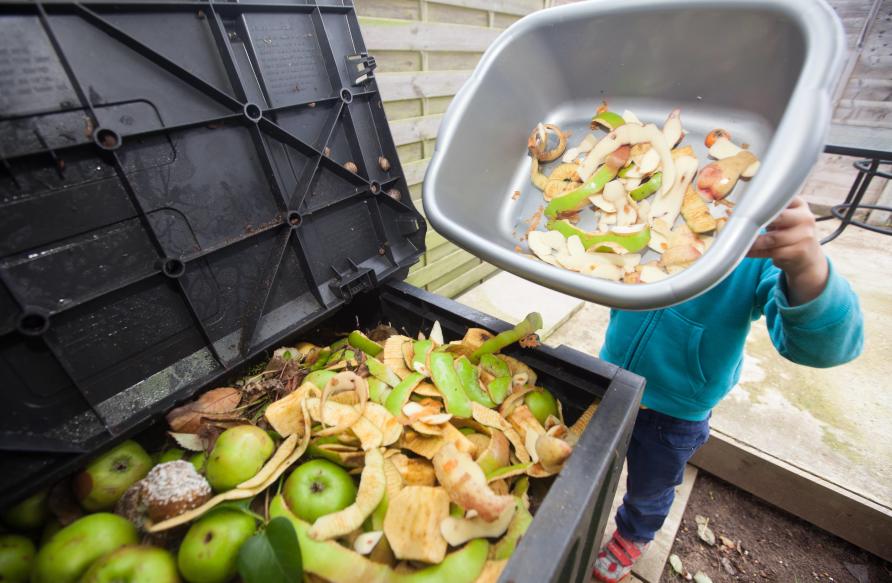
“Changes in food demand should have a much greater effect on food security than cropland loss from urbanisation,” says Professor Bai, from Australian National University.
According to the researchers, we now need to move beyond the simple debate of urbanisation versus food security, and understand it’s our global demand for food, as well as the waste it creates, that need to be managed effectively.
This article was published by Pursuit.
Dr Nerissa Hannink is a Senior Media Advisor at the School of Science, Veterinary and Agricultural Sciences at Melbourne University.

